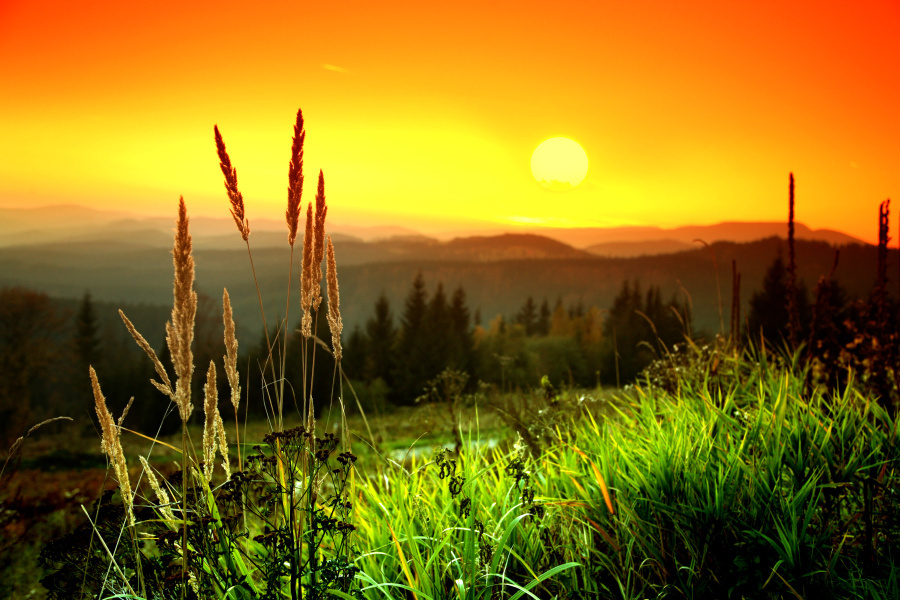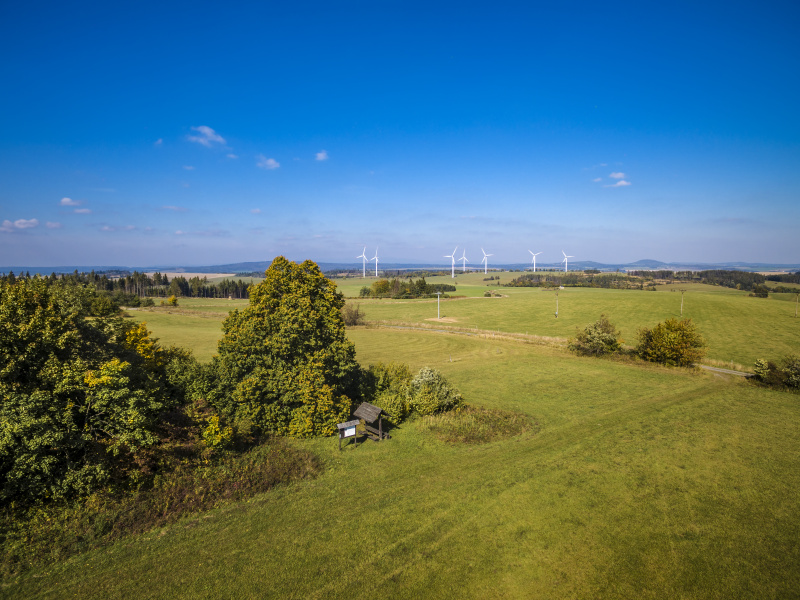Forests and Gamekeeping
In the prehistoric period, the territory of today’s Moravian-Silesian Region was covered with forest. The most common trees were beech, fir and oak. Gradual settlement of the territory from the 12th century, in connection with the development of agriculture and mining, led to their deforestation and forests were turned into pastoral woodlands and often served, in addition to grazing, as a place to keep cattle. Forests were subjugated to the interests of mining and metallurgy, which increased the demand for wood for the needs of mines, smelters and glassworks. The development of mining and metallurgical industries in the 19th century both negatively affected the natural environment of the region. Foresters, were one of the first professions which began to draw the public’s attention to the harmful effects of burning coal on the environment and on human health, while proposing effective political, economic and technical solutions. However, they had to submit to national economic priorities – the preference for mining. There was widespread deforestation and fragmentation of complex forest areas, the consequences of which are still evident today.

In the last few decades, there have been fundamental positive changes in the social perception of forests. As a result, the area of forest coverage is now gradually increasing, and the proportion of deciduous trees used in the restoration of forest stands is also on the increase. In the forestry industry, the principles of sustainable forestry are promoted so that forests fulfil economic, social and environmental functions at the same time.
The forest coverage of the region currently ranges from 5 % in the Moravian Gate area, to 70 % in the Western Beskydy Mountains and 80 % in Hruby Jeseník. In our forests you will encounter mainly oak, beech, spruce and fir trees.
Forest Health

Forest stands in our region are damaged by a number of biotic and abiotic agents, often in conjunction with anthropogenic influences. Among the strongest influences, regarding damage to older stands, are wind, snow and ice, rotting, forest extinctions (emmissions) and, especially in recent years, destruction caused by certain species of bark beetles. Cultivated stands and young vegetation suffer mainly from harsh climatic conditions, game and, in some cases, insects.
Monument Trees
Extremely important trees can be declared as ’Monument Trees’. In the Moravian-Silesian Region, 422 monument trees are proclaimed in this way, including avenues and groups of trees. The total number of monument trees now stands at over 700. Some examples include; The Snake Queen, large-leafed lime, circumference at the roots of 967 cm, tree height: 33 m. This Lime tree is found above and to the north of the village of Dolní Moravice. It is estimated to be between 400 and 500 years old.
Hiking and Fruit Picking
Our forests and mountains are popular, not only with the inhabitants of our region, but also with the entire Czech Republic and foreign visitors alike. The whole region is dotted with countless hiking and cycling trails, many of which are also educational nature trails. An escape to the countryside will be appreciated by anyone who needs a break from the daily hustle and bustle of modern life, and here you can regain strength and do your health some good. They say we’re a nation of mushroom pickers. Mushrooming really is one of the most popular activities, but in our forests you will also meet people who collect forest fruits, especially blueberries, raspberries and blackberries.
In winter, when there is snow everywhere, the Beskydy and Jeseníky mountains are a paradise for skiers, not only downhill but also cross-country.
Gamekeeping
There are 390 hunts registered in the Moravian-Silesian Region, from a total of 11 game animals and 4 pheasants. From the point of view of forest cover, the Moravian-Silesian Region meets the country average. The most numerous species of cloven-hoofed game is roe deer, followed by wild boar, red deer, fallow deer and mouflon. In order to preserve the population of protected game species and increase their number, areas for the rearing of partridges (capercaillies), and grouse are specially designated.
Every year, breeding shows and displays of game-trophies of game caught in the past year are organized in the region. These shows are considered to be activities that contribute to raising the level of game management, but of course it is an important social event for the gamekeeping community with the added chance to showcase this activity to the general public. We also organize gamekeeping conferences aimed at acquainting both the professional sector and the general public with current topics in the field of gamekeeping and hunting and deepening the knowledge of the professional gamekeeping community.
Office hours for the public:
Monday, Wednesday: 8 am to 5 pm
Tuesday, Thursday: 8 am to 2.30 pm
Friday: 8 am to 1 pm
